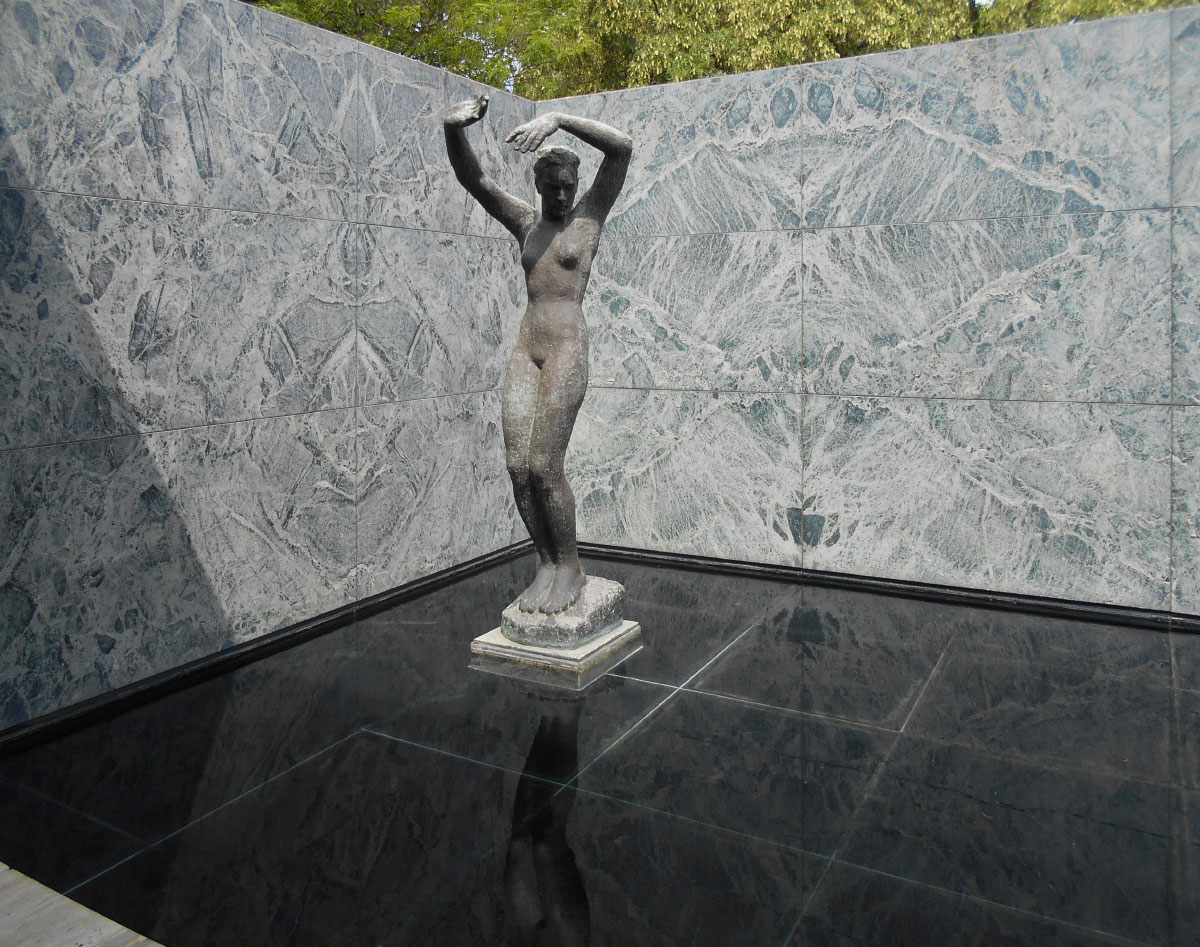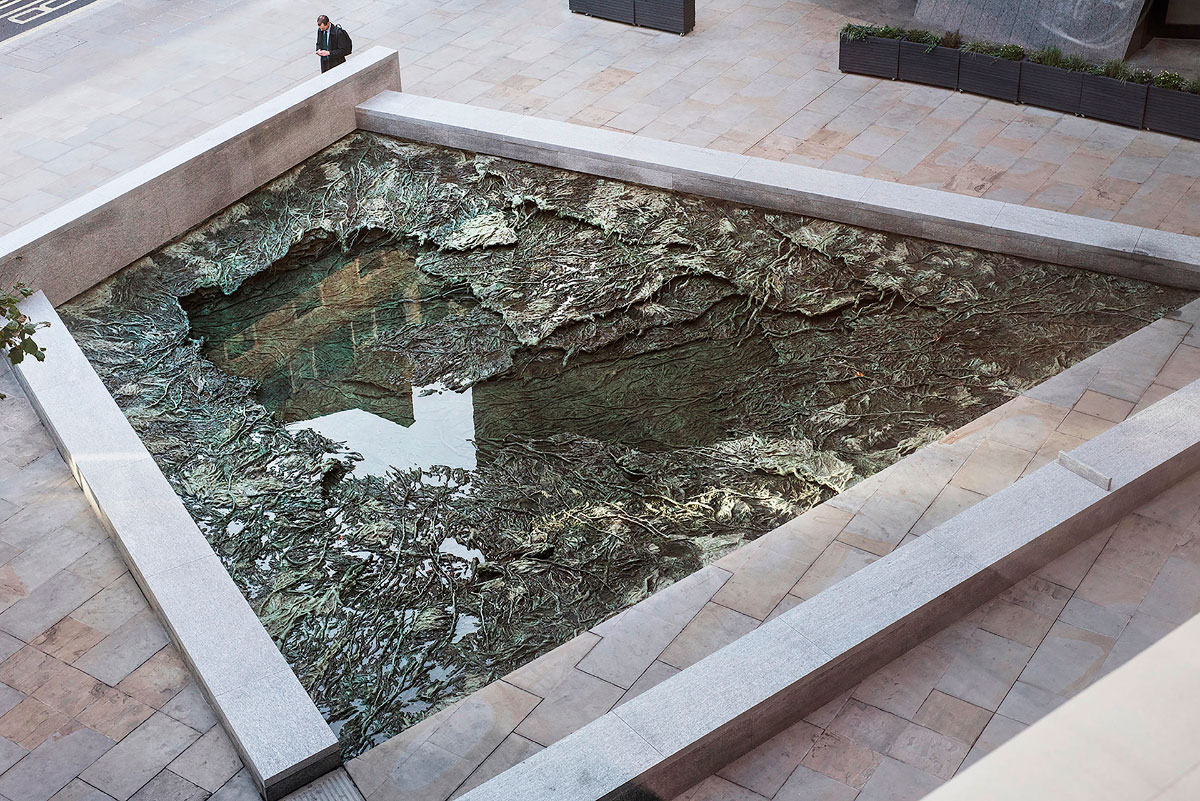The integration of art in architecture has been common practice for centuries. It is a powerful way of creating spaces that convey the identity and values of the people and communities that inhabit and use them. Sculptures, murals, mosaics, stained glass windows, etc. become part of the architectural structure, immersing us in a unique visual and sensory experience.
The work of integrating art into architecture requires close collaboration between artists, architects and contractors. Before starting a project, it is important to define the objectives and scope of the project. It is also necessary to consider the impact of climate and environmental conditions on the artwork and the architectural structure, as well as safety and accessibility for people with functional diversity.

The inclusion of art in architecture can also have a positive effect on those who pass through it. Art encourages creativity and imagination, and some studies show that it reduces stress and improves mood. In any case, there is no doubt that its presence in buildings enriches spaces, breaks the monotony of walls and projects consciousness into unexplored worlds.
By Manuel Ginés, senior architect in the Architecture Department of Amusement Logic







